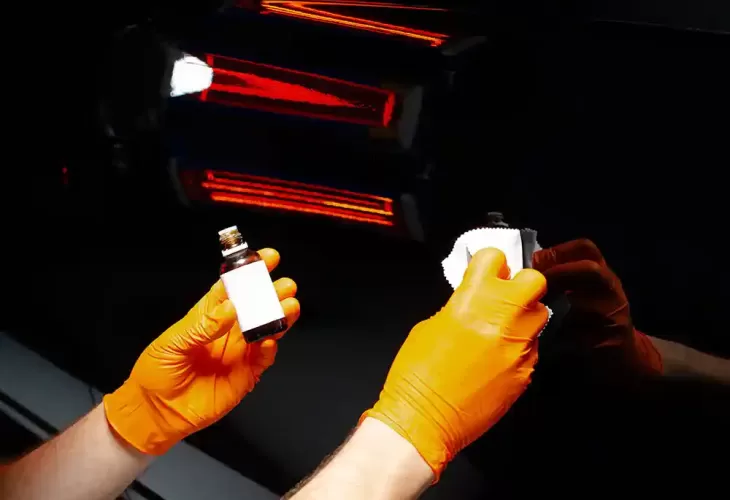
A well-maintained, glossy car paint finish is not just visually appealing but also serves as a protective barrier against environmental elements. At CW Auto Spa Detailing & Protection in St. Thomas, Ontario, we understand the importance of choosing the right wax for your ride. In this article, we'll compare and contrast various types of waxes, discuss their benefits, and offer guidance on proper wax application and maintenance for a durable, protective finish. Don't forget to book your next detailing appointment online at our packages for expert assistance in achieving that perfect shine!
Section 1: Different Types of Waxes and Their Benefits
Carnauba Wax:
Derived from the leaves of the carnauba palm tree
Offers a rich, deep shine
Provides a natural, durable barrier against UV rays, dirt, and contaminants
Available in various grades and blends
Synthetic Wax:
Also known as paint sealants or polymer waxes
Made from synthetic polymers
Offers a long-lasting, high-gloss finish
Easier to apply and remove than carnauba wax
Provides excellent protection against environmental elements
Hybrid Wax:
Combines the benefits of carnauba and synthetic waxes
Delivers a deep, wet shine with added durability
Easier to apply than traditional carnauba wax
Spray Wax:
Quick and easy to apply
Ideal for touch-ups between full wax applications
Offers a temporary boost in shine and protection
Section 2: Choosing the Right Wax for Your Ride
To select the ideal wax for your vehicle, consider the following factors:
Desired finish: If you prefer a deep, rich, and natural shine, opt for carnauba wax. For a high-gloss, durable finish, choose synthetic wax.
Ease of application: Synthetic waxes and hybrid waxes are generally easier to apply and remove than carnauba waxes.
Maintenance frequency: Synthetic waxes typically last longer than carnauba waxes, requiring fewer applications.
Environmental factors: If your vehicle is exposed to harsh weather conditions or heavy contaminants, a synthetic or hybrid wax may provide better protection.
Section 3: Proper Wax Application and Maintenance
Step 1: Preparation
Before waxing, thoroughly wash and dry your vehicle to remove dirt, debris, and contaminants. Consider using a clay bar to remove embedded contaminants and create a smooth surface for wax application.
Step 2: Applying Wax
Using a foam applicator pad or a microfiber cloth, apply a thin layer of wax to a small section of the vehicle. Work in straight lines, not circles, to avoid swirl marks. Allow the wax to haze over, which may take a few minutes to an hour, depending on the product and weather conditions.
Step 3: Buffing
Using a clean, dry microfiber towel, gently buff the waxed area using straight-line motions until the haze is gone, and the surface is glossy. Continue this process until the entire vehicle is waxed and buffed.
Step 4: Maintenance
To maintain your vehicle's glossy finish, wash it regularly with a pH-neutral car wash shampoo. Reapply wax as needed, which can range from every few weeks for carnauba wax to every few months for synthetic wax.
Conclusion
Selecting the right wax for your vehicle is essential to maintain its shine and protect its paintwork. By understanding the differences between various waxes and their benefits, you can make an informed decision and keep your ride looking its best. For expert guidance and professional application, book your next detailing appointment with CW Auto Spa Detailing & Protection in St. Thomas, Ontario, online at our packages. Our team of professionals is equipped with the latest tools and products to bring out the best in your vehicle.
Powered by Froala Editor
